A Buying Guide to Cladding
If you’re interested in adding cladding to a project, this handy Buying Guide to Cladding is essential reading. We’ll take you through all the different types of cladding from composite cladding and shiplap cladding to PVC cladding and cedar cladding. You’ll learn about exterior cladding, indoor cladding and also how to apply cladding. It aims to as comprehensive a guide as you can find on the internet. So, let’s get straight to it.
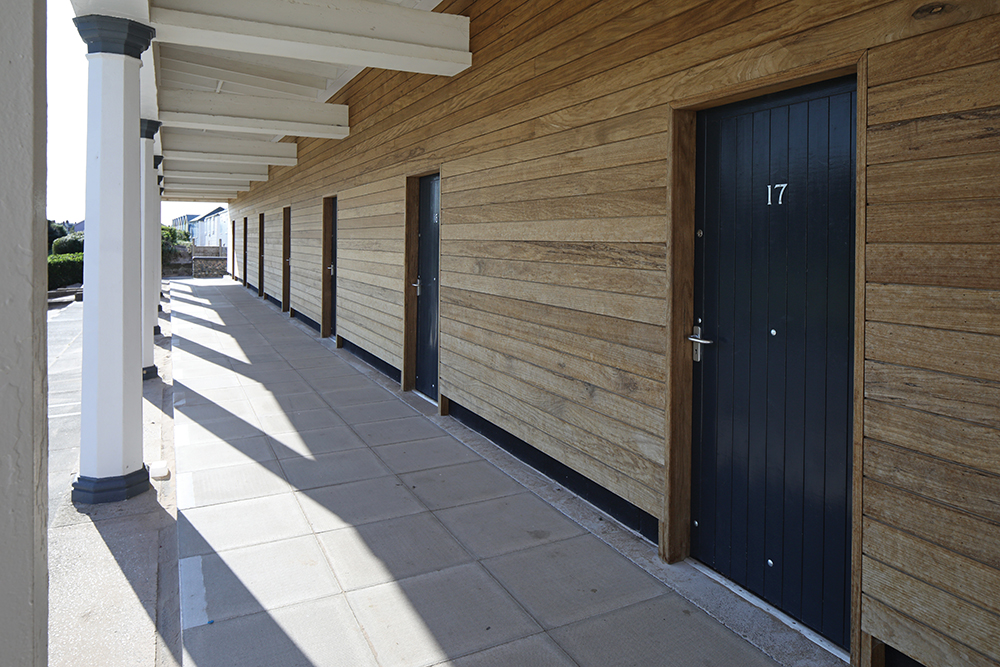
What is cladding?
Want to know what is cladding in construction? It’s quite simple. Cladding is a layer of material that is usually applied to the exterior of a building to improve its aesthetics and provide additional protection from the elements.
What are the main types of cladding?
There are numerous varieties of cladding made from a wide range of raw materials. Some are natural timber cladding or stone, others are man-made, such as pvc cladding or composite cladding. Here is a definitive list of the different types of cladding:
Timber Cladding – natural and aesthetically appealing, timber cladding is lightweight and eco-friendly because it is renewable and can be painted or stained in a wide range of shades and colours. One of the most common types of timber cladding is cedar cladding which is resistant to decay and insect damage.
Composite Cladding – extremely weather, rot, warping and insect resistant, composite cladding is highly durable, long-lasting and requires little maintenance. Some composite cladding is also made from recycled materials. Be aware that it can be expensive, isn’t as natural looking as wood and can fade over time.
PVC Cladding – easy to install, low maintenance and affordable, PVC cladding is waterproof and resists rotting but it is not eco-friendly, can look cheap and become brittle over time. Also known as plastic cladding or uPVC cladding.
Cedral Cladding – available in a variety of colours, this fibre cement cladding is tricky to install and expensive, but low maintenance and highly durable. It resists fire, rotting and insects but is heavier than most cladding so needs strong structural support.
Stone Cladding – highly durable and long-lasting, stone is a premium natural choice for cladding which is weatherproof and fire resistant. The downside is stone cladding is heavy, expensive and difficult to install and isn’t very effective in terms of insulation.
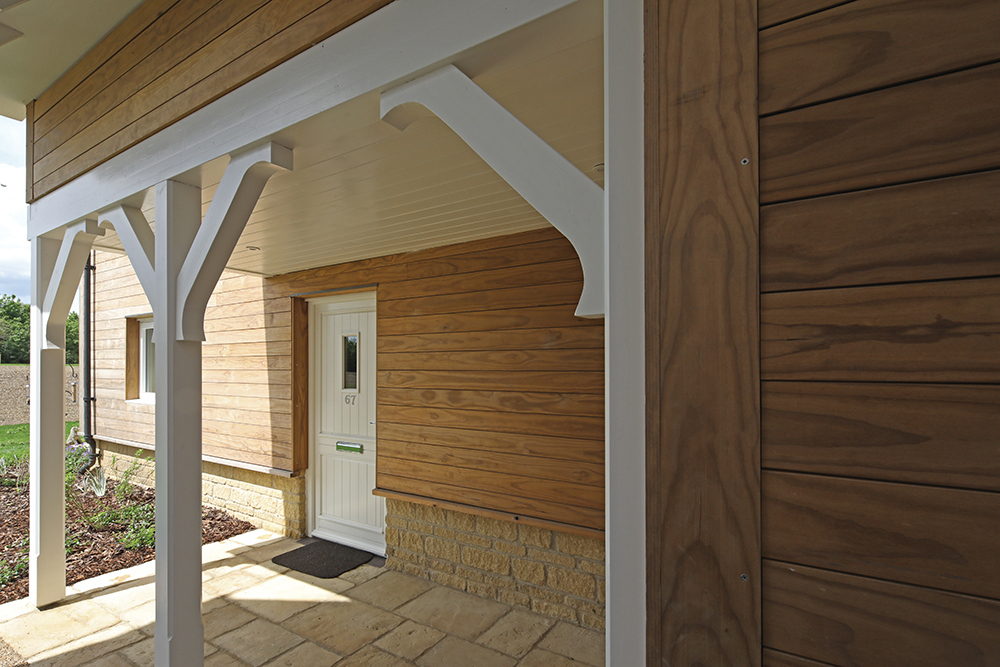
Overlap vs shiplap cladding vs tongue and groove cladding
The three most popular styles of cladding are overlap cladding, shiplap cladding and tongue and groove cladding – but how do they measure up next to each other?
Overlap Cladding – as the name suggests, overlap cladding comprises of overlapping lengths of exterior wall cladding that enable rainwater to run-off, keeping the property dry. Quick and easy to install, whilst overlap cladding is good at protecting from rain, it isn’t airtight, therefore it can create draughts which also bring moisture.
Shiplap Cladding – want a watertight and airtight exterior cladding solution? Shiplap cladding consists of a series of boards with a recess at the top which ensures rainwater can run off easily. A more expensive option, shiplap is however very effective at keeping moisture and air at bay plus it looks smoother and sleeker than overlap cladding.
Tongue and Groove Cladding – if you want a style of outdoor wall cladding that performs well in extreme weather conditions, tongue and groove cladding is a good choice. The tongue and groove interlocking joints create a tighter fit which reduces warping and water and air penetrating the wall. Plus, tongue and groove cladding can be fitted both horizontally and vertically.
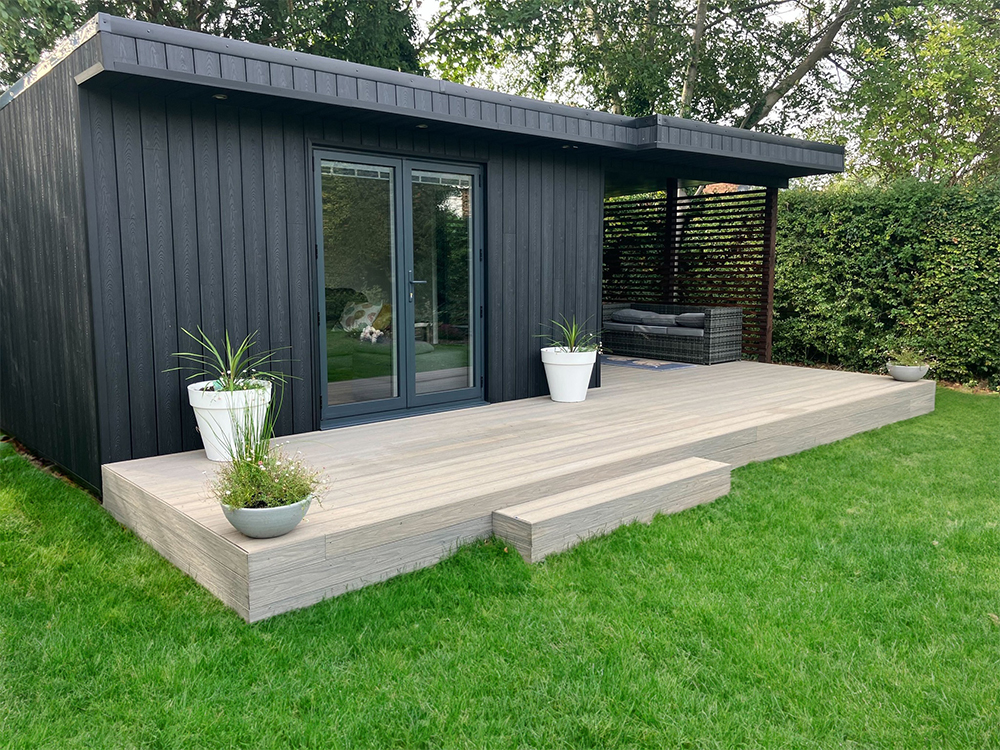
External cladding
Most of the house cladding sold in the UK is exterior wall cladding which is used to not only protect the walls of a property from the elements, it also improves insulation and the aesthetics. Wood and stone cladding are the traditional choice, however lower maintenance options such as PVC cladding and composite are also popular, with technology improving their visual appearance.
Internal cladding
Inside the home, cladding has many applications. Bathroom cladding panels and bathroom ceiling cladding are used to make walls and ceilings waterproof, particularly for shower areas. These are available in a variety of finishes from marble and wood to stone and plain colours. Stair cladding is proving increasingly popular for refreshing an existing staircase by covering the treads and risers, too. There is also a growing trend for fitting acoustic slat wall panels in living areas which are a form of decorative cladding.
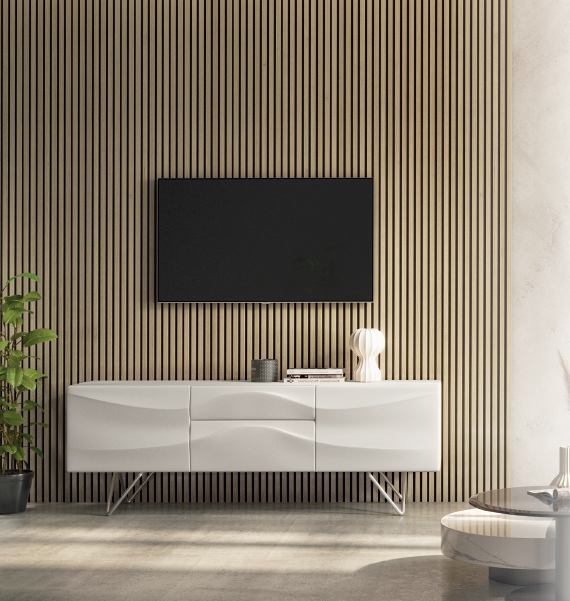
How to fit cladding
Want to know how to apply cladding to the exterior walls of a property? Depending upon the type of cladding, how to fit cladding can be anything from relatively easy to quite difficult. First you will need the correct tools and materials:
- Plywood sheathing
- House wrap
- External cladding
- Foam insulation
- Trims and corner pieces
- Tape measure
- Galvanised screws or nails
- Electric drill
- Handheld circular saw
Start by measuring your walls to determine how much plywood sheathing, house wrap, external cladding and insulation foam you will need.
The first stage is to apply plywood sheathing to the outside of your home. This creates a structural layer to attach the insulation, house wrap and cladding.
Next you need to carefully apply house wrap to provide weather protection. This is then followed by a layer of foam insulation to make your home more energy efficient. Simply nail the insulation panels into place.
Now you can start the process of how to attach cladding. Begin at the bottom and use a spirit or laser level to ensure your cladding is level. Screw or nail the cladding firmly in place, then overlap or insert the tongue and groove to stop water running behind the cladding. Keep working your way up the wall.
Once all the cladding is applied, you need to then cut and attach the trims and corner pieces.
Finally, once complete, if you have opted for wood cladding, you need to protect the wood cladding with either a sealant, stain or paint.
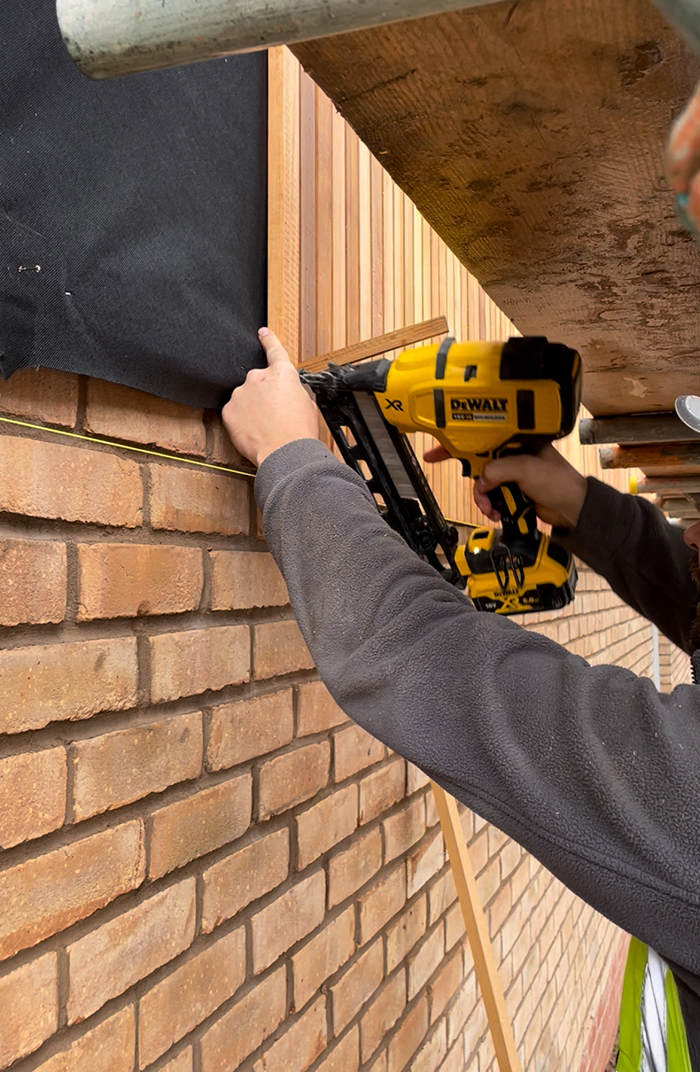
We’re here to help
If you have any more questions concerning wood cladding or any other type of cladding, or need any additional information about the cladding we sell at Howarth, please visit your local Howarth branch, or contact our customer services on 01472 907051.
You can also explore our range of cladding products here, or you can even visit us in branch for more information.
Recent Posts
-
What is Water Hammer and How to Fix It
Have you ever heard a loud banging sound after turning off your tap or flushing the toilet? That’s c
-
How to fit door architrave
Painting or adding designs to your door isn’t the only way to enhance its appearance. Installing doo

